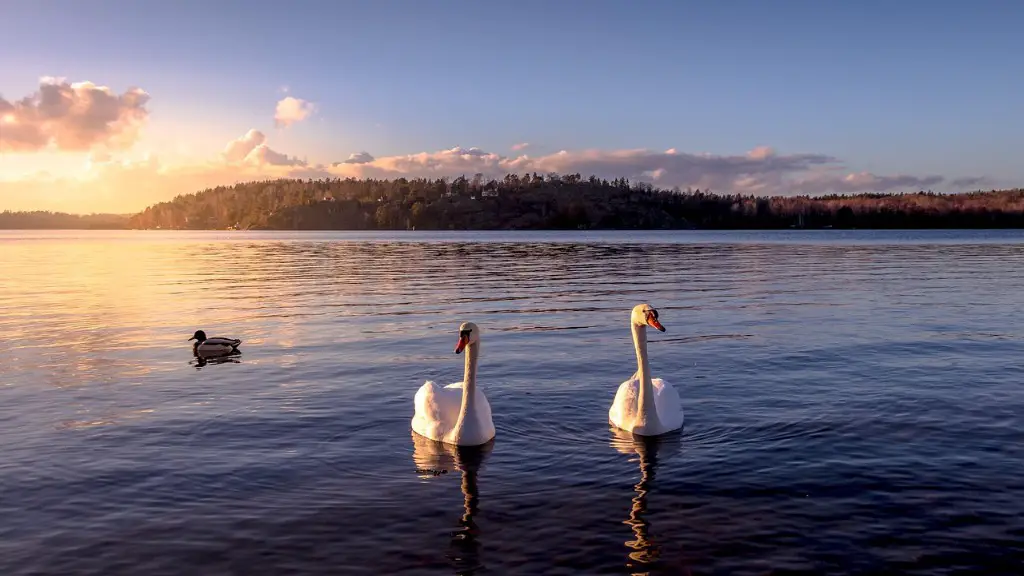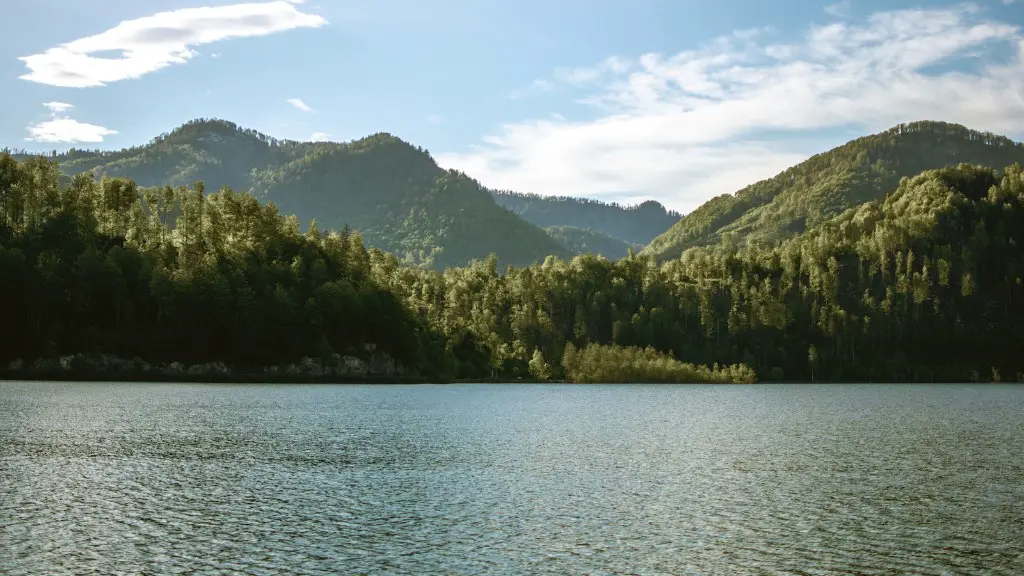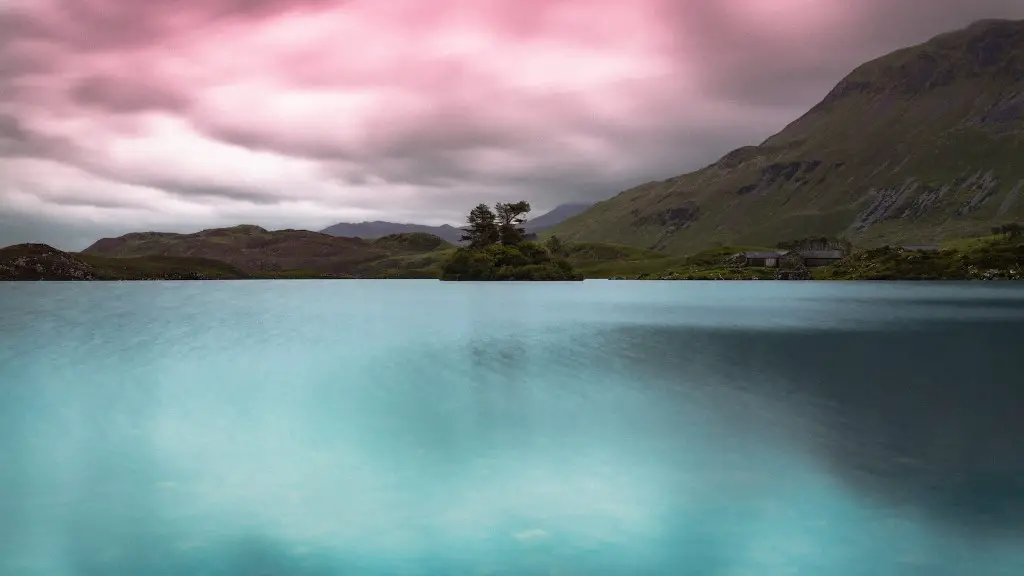Introduction
Lake Titicaca is the highest navigable lake in the world, located in the heart of South America between two countries: Peru and Bolivia. It is considered one of the most special places on Earth due to its unique location, towering mountains, and unique culture and lifestyle of the people living around its shores. But does it ever snow at Lake Titicaca? Is it even possible for snow to hit the lake’s surface? This article will explore all these questions by examining the lake’s weather conditions and how they may affect the lake’s environment in terms of temperature and precipitation.
Climate Overview
The climate of Lake Titicaca is subtropical, with temperatures rarely dipping below 0 Centigrade in the coldest month – July. Average monthly temperatures range from 16-20 Centigrade in the summer months of December and January and low to mid single digits during the winter months of June and July. The lake’s climate is affected by the geography of the area (high altitude of 3,810 m / 12,500 ft), the presence of the nearby Andes mountain range, and prevailing cold winds that come from the south of the region.
Precipitation at Lake Titicaca
Lake Titicaca has an average annual precipitation of 936 mm (37 in). The majority of the precipitation comes from convective thunderstorms during summer months, while the rainfall is usually quite low during winter months. The lake’s local area often experiences intense rains and winds during summer, while relatively drier conditions during winter. Snowfall has been recorded before in the area of Lake Titicaca, most notably in 1939 and 1989. Although snow at the lake’s surface is a rarity, snow and hail are more frequently observed in the nearby mountain ranges.
Effects of Snowfall at the Lake
A rare snow at Lake Titicaca can cause the water’s temperature to drop significantly, leading to a decrease in the amount of oxygen in the water which can be lethal for fish and other aquatic creatures. It also has an impact on the local climate and vegetation, as a significant amount of snowfall can cause temperatures to drop for an extended period of time, leading to an unusual cold spell that is not typical of the region.
Is Snow at Lake Titicaca Becoming More Frequent?
Some experts say that due to climate change and the increased temperatures in the region, the area’s snowfall and snow cover is decreasing and might eventually disappear altogether. Many studies have been conducted to examine the possibility of snow at Lake Titicaca becoming more or less frequent as time passes. Although the results are still inconclusive, it is interesting to note that many of these studies concluded that the long-term future of snowfall at the lake might be uncertain.
Local Perspectives on Snow around the Lake
The local communities around Lake Titicaca have seen the effects of climate change first hand and are aware of how it can affect the lake’s ecosystem and their lifestyle. The locals believe that the snowfall at their lake has been slowly decreasing over the years, leading to warmer temperatures that not only affect the lake’s environment but also the local vegetation, animal life, and traditional cultural practices. There might still be some snow at Lake Titicaca in the near future, although a significant decrease in snowfall over the lake’s surface is expected.
What About Ice on the Lake?
The ice on Lake Titicaca only forms in the coldest months of the year when the temperatures drop significantly. During these times, visitors of the lake have reported observing chunks of ice floating on the surface of the lake, although they usually disappear quite quickly due to the warmer temperatures and currents.
The locals that live around the lake and rely on the lake’s resources, have noticed the decrease in the amount of ice that forms on the lake. While it’s still possible to observe some ice on the lake’s surface during winter months, the locals believe that these occurrences are getting rarer.
What about Urban Heat Islands?
Urban Heat Islands (UHIs) are formed when an area built-up with high-density structures such as homes and other buildings, release heat that is then trapped in the atmosphere. The increased air temperature due to UHIs can cause local weather conditions to become more extreme and unpredictable. Experts believe that UHIs could lead to more snowfall in some areas as the rising temperatures can cause the snow to fall further away from the lake.
Global Warming Everything To Blame?
The world’s climate is changing, and experts believe that global warming is one of the main causes behind the decrease in snow at Lake Titicaca. A warmer climate, combined with increasing air temperatures, can affect snow patterns and increase the number of snowless days in the lake’s region. Thus, global warming could be leading to a decrease in snow at Lake Titicaca.
Conclusions of the Local People
The local people living around Lake Titicaca are worried about the decrease in snowfall and ice formation due to its implications for their cultural practices and lifestyle. They understand the effects of climate change, and the way global warming can cause the lake’s temperatures to rise, leading to reduced precipitation and a decrease in the amount of snowfall for the area. Yet, despite their awareness on the issue, the locals also believe that snow will still occasionally occur at Lake Titicaca for many years to come.


